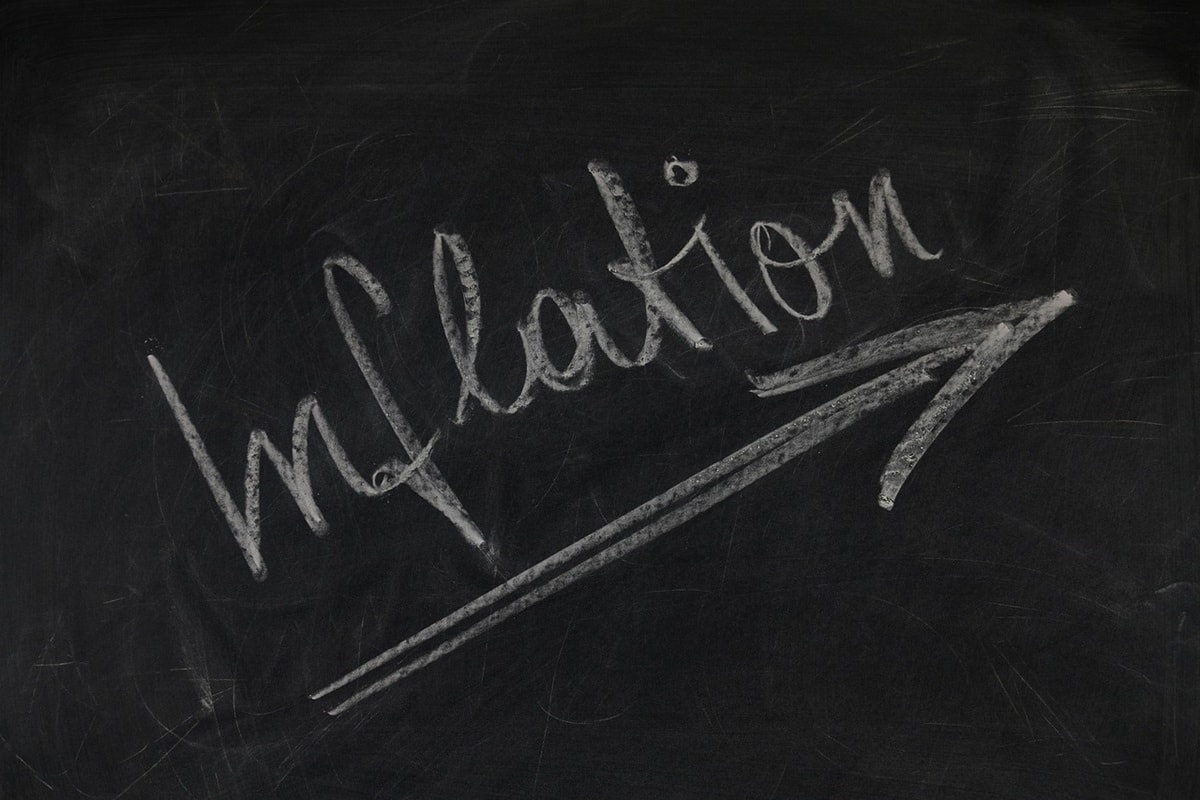In Japan, headline inflation was recorded at 2.3% in October.

It is worth noting that the mentioned indicator is the lowest since January. In September, headline inflation in Japan was fixed at 2.5%.
The core inflation rate in the Asian country was 2.3% in October. In September, this indicator was fixed at 2.4%. It is worth noting separately that the mentioned figure does not take into account the prices of fresh food.
Economists surveyed by the media predicted that the core inflation rate in Japan in October would be 2.2%.
The central bank of the Asian country has stated that its goal is a virtuous cycle between wages and prices. Low inflation may mean that the Japanese financial regulator will have to continue to adhere to the easy monetary policy strategy.
A separate inflation indicator, known as the core-core inflation rate, was 2.3% in the Asian country in October. In September, this figure was fixed at 2.1%. The core-core inflation rate, which strips out prices of both fresh food and energy, is tracked by the central bank of Japan.
Most economists surveyed by the media expect the Asian country’s financial regulator to decide next month to raise interest rates by 25 basis points.
This week, the Bank of Japan Governor Kazuo Ueda said that the Asian country’s economy is moving towards sustained inflation, driven by wages. He also warned against keeping the cost of borrowing too low.
The Bank of Japan also reported that if prices and the economy develop according to its expectations, the policy rate may reach 1% by the second half of the 2025 fiscal year at the earliest.
Currently, the key interest rate of the Asian country’s financial regulator is 0.25%.
As we have reported earlier, Japan Earmarks $300 Million to Fire Up Chip Research.









